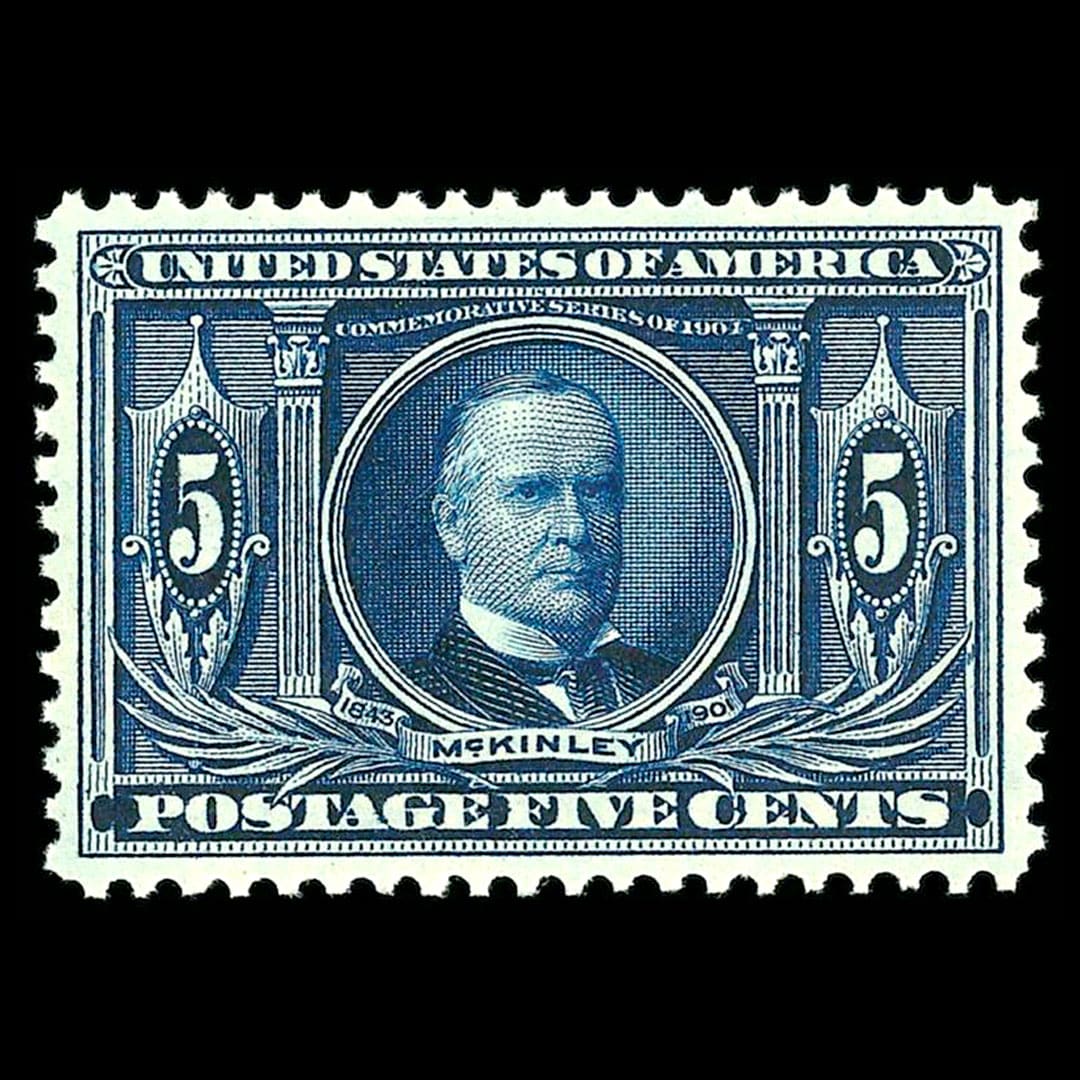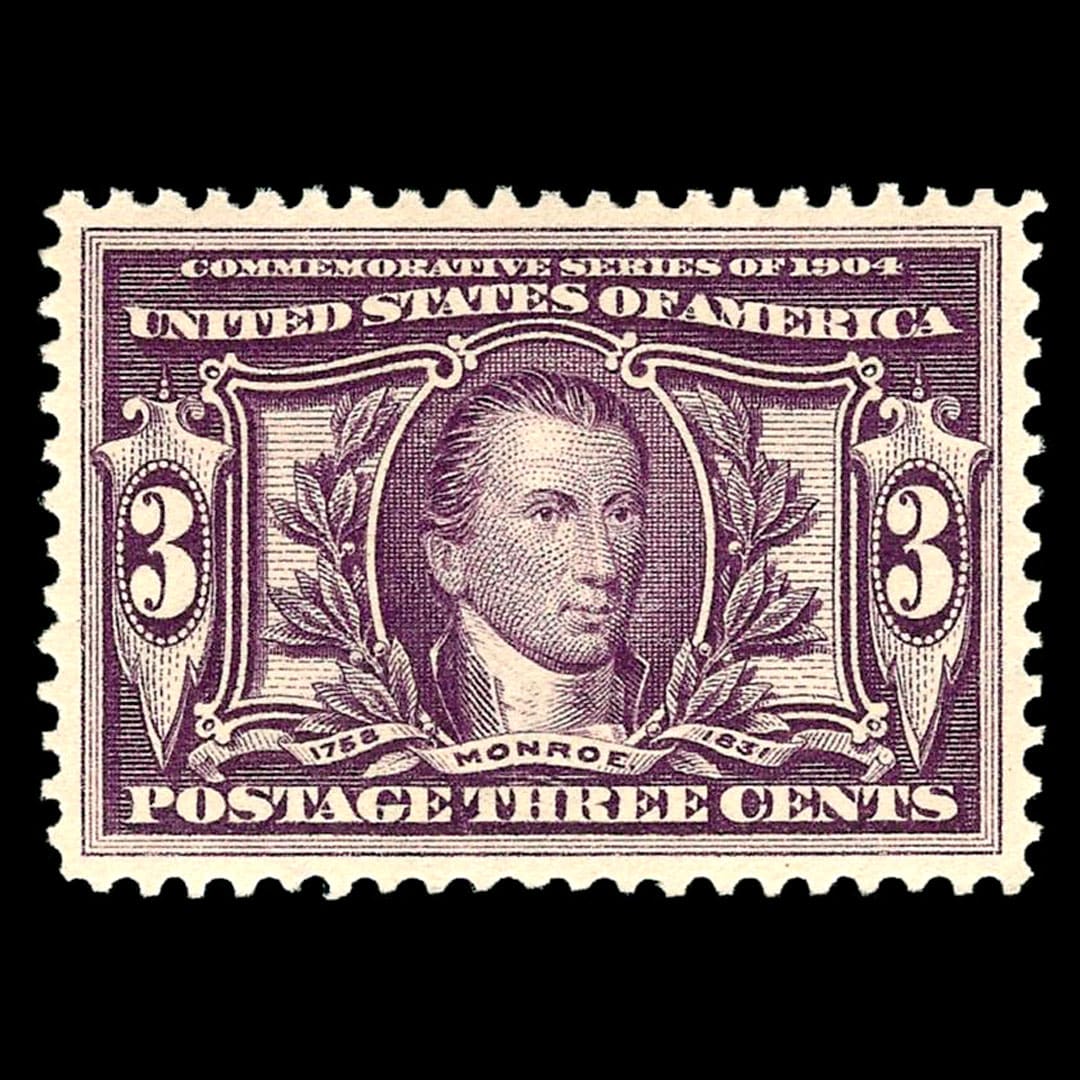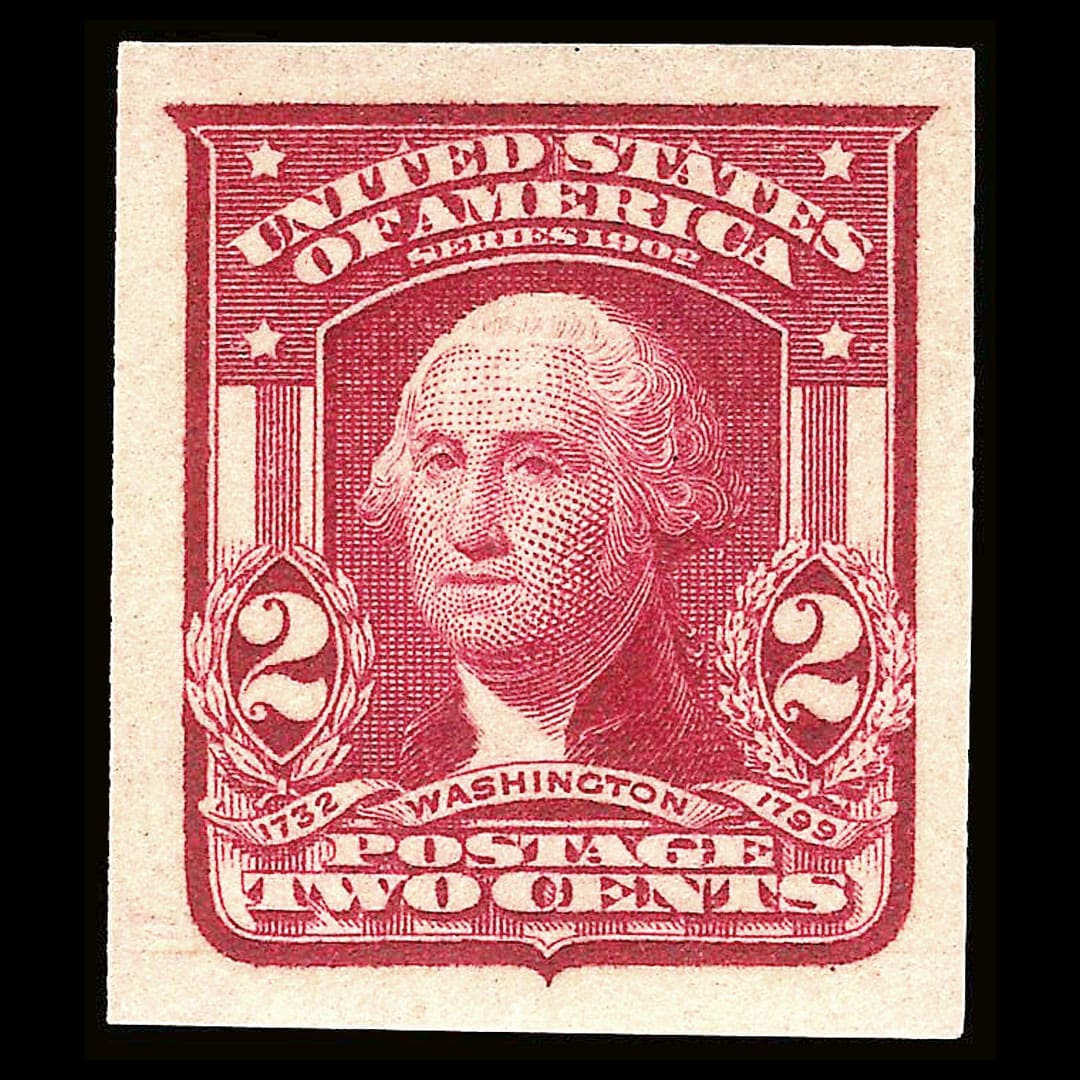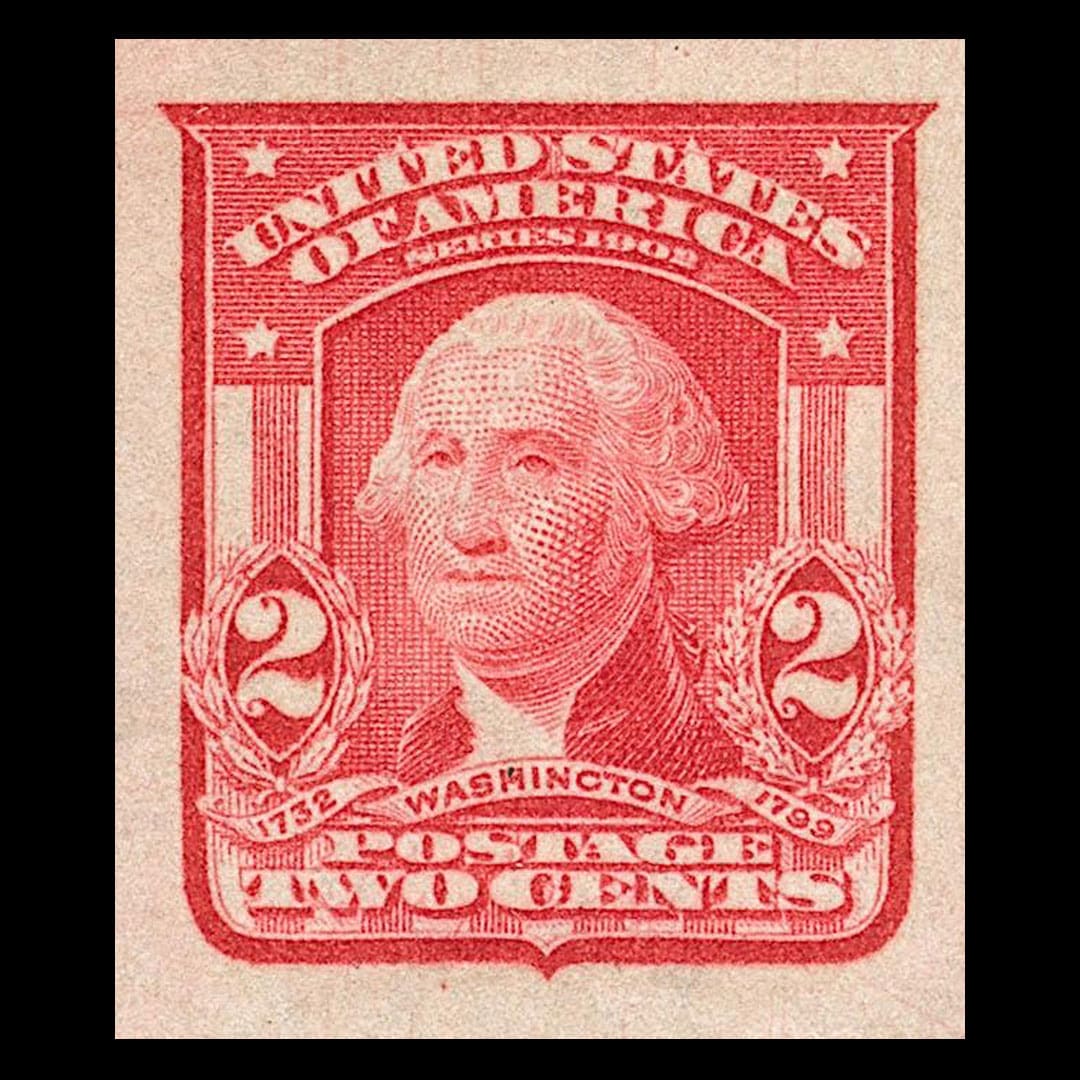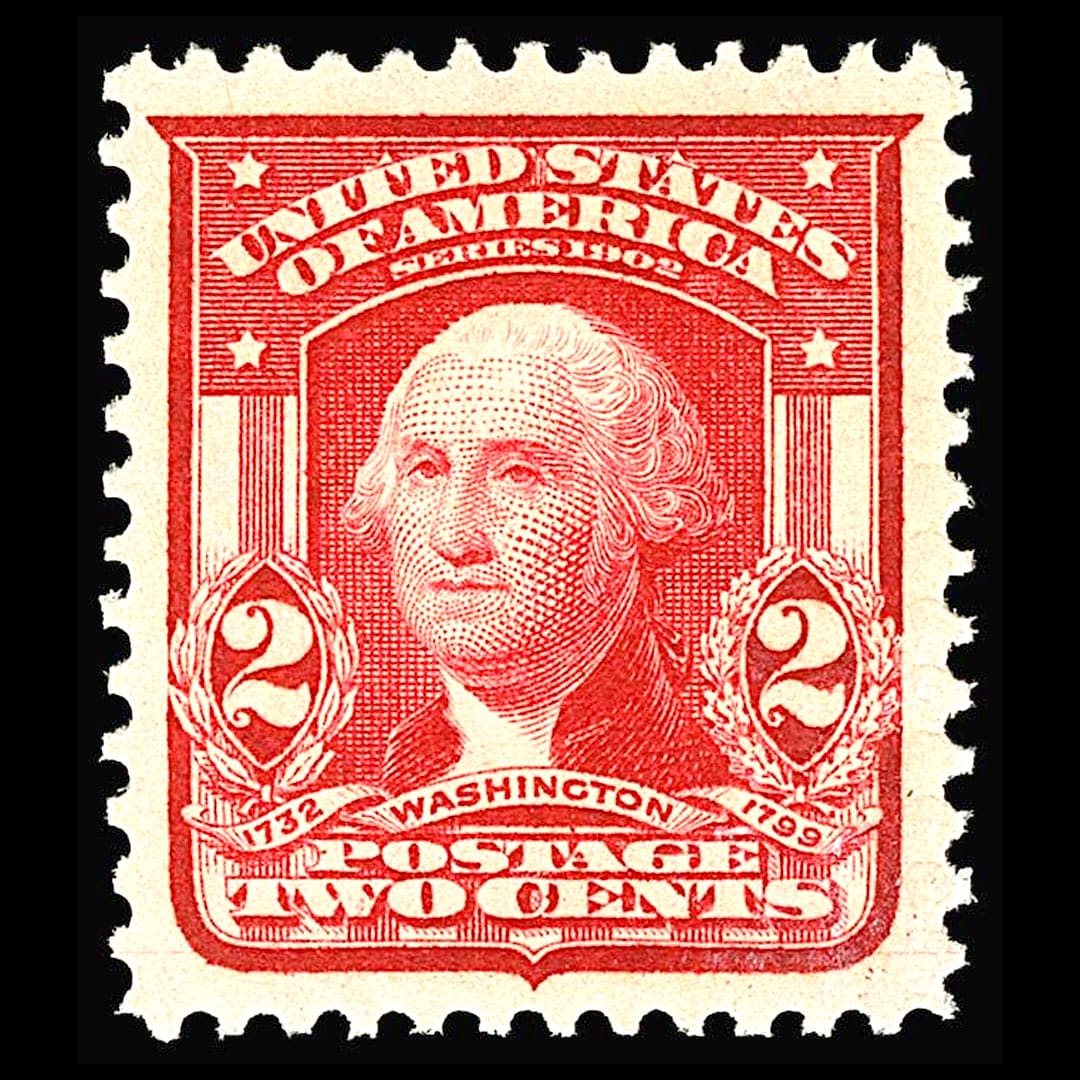Category: United States
-
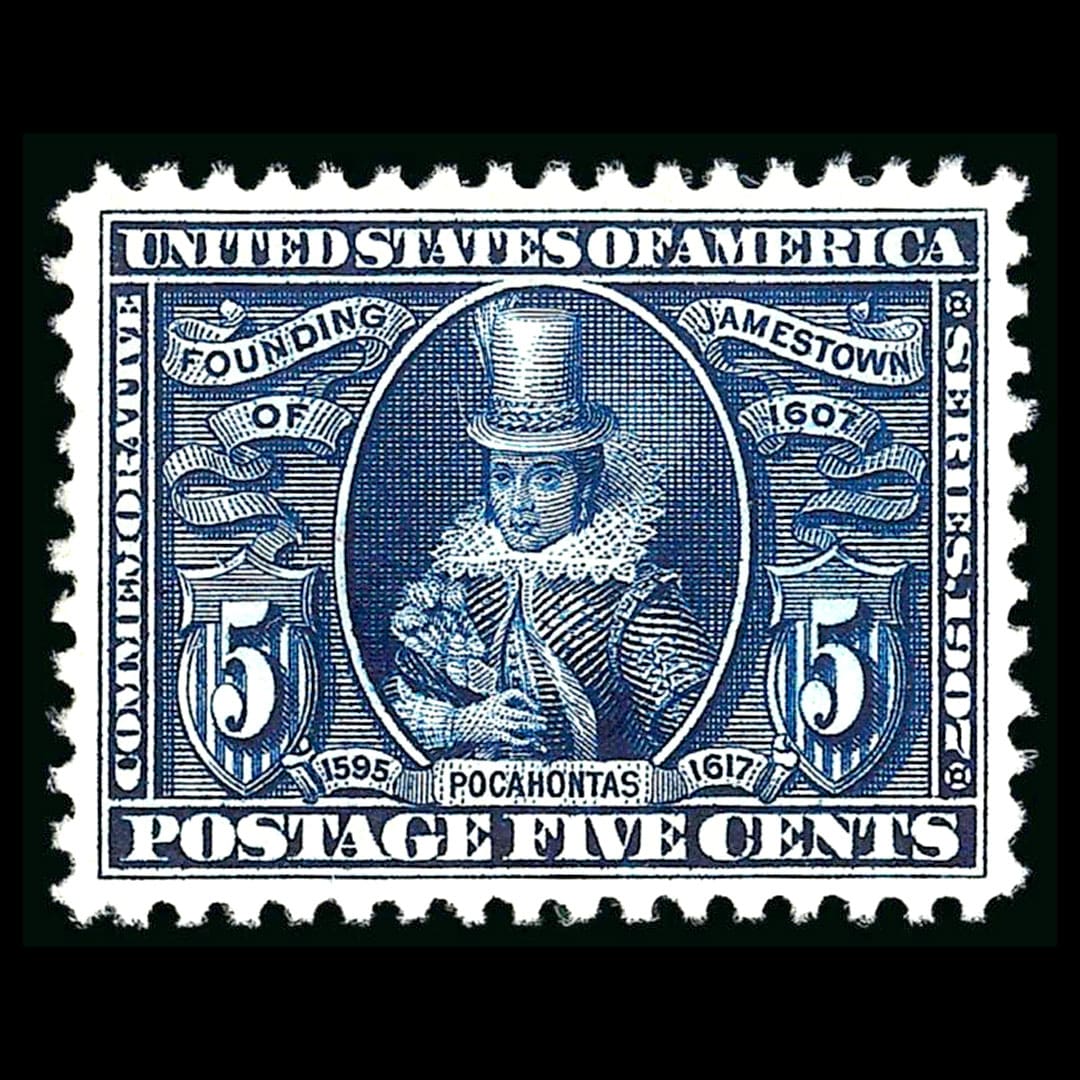
Scott #330
Continue reading: Scott #330This is a 5¢ blue stamp featuring Pocahontas, issued in 1907.
-

Scott #327
Continue reading: Scott #327This is a 10¢ red brown stamp featuring Map Of Louisiana Purchase, issued in 1904.
-

Scott #326
Continue reading: Scott #326This is a 5¢ dark blue stamp featuring William McKinley, issued in 1904.
-

Scott #324
Continue reading: Scott #324This is a 2¢ carmine stamp featuring Thomas Jefferson, issued in 1904.
-

Scott #325
Continue reading: Scott #325This is a 3¢ violet stamp featuring James Monroe, issued in 1904.
-

Scott #323
Continue reading: Scott #323This is a 1¢ green stamp featuring Robert R. Livingston, issued in 1904.
-

Scott #320A
Continue reading: Scott #320AThis is a 2¢ carmine stamp featuring George Washington, issued in 1903-08.
-

Scott #320
Continue reading: Scott #320This is a 2¢ carmine stamp featuring George Washington, issued in 1903-08.
-

Scott #319F
Continue reading: Scott #319FThis is a 2¢ carmine stamp featuring George Washington, issued in 1903-08.
-

Scott #319
Continue reading: Scott #319This is a 2¢ carmine stamp featuring George Washington, issued in 1903-08.


